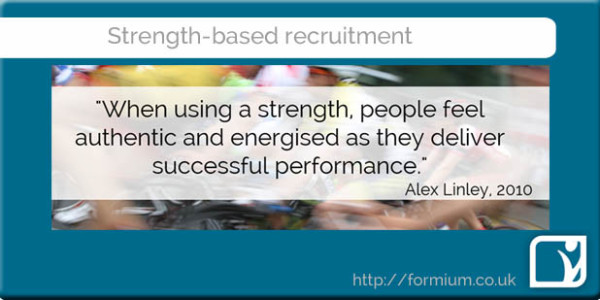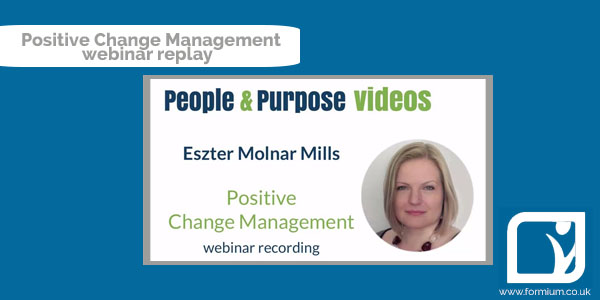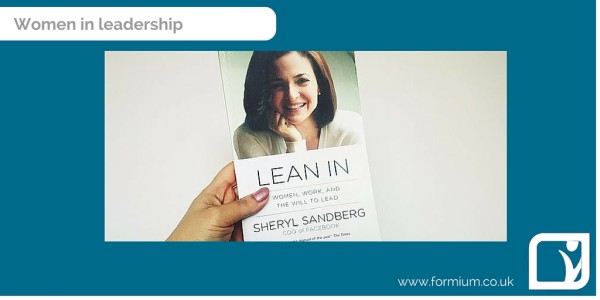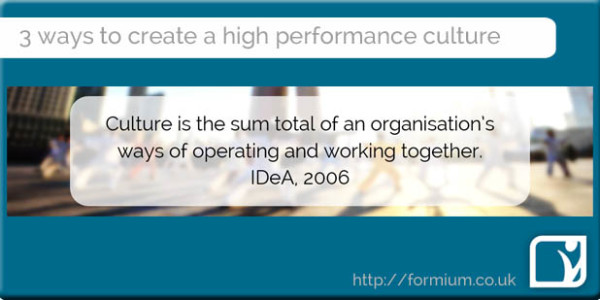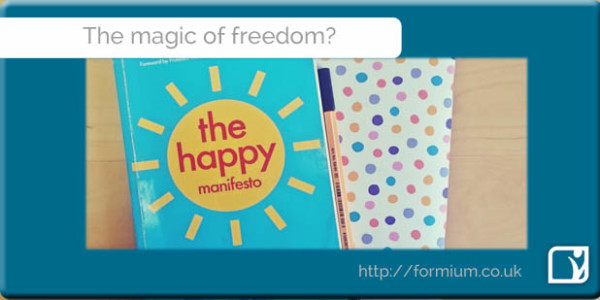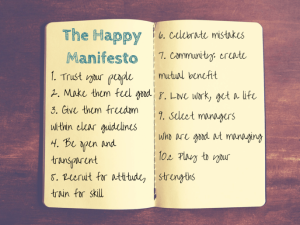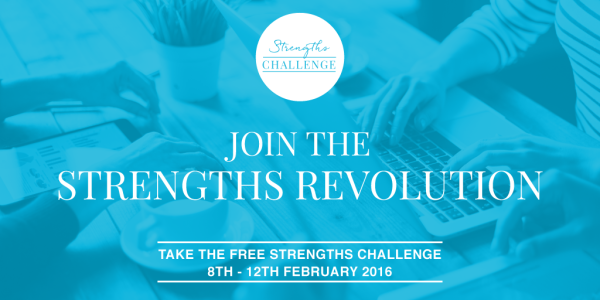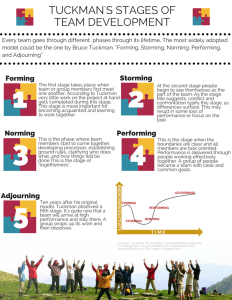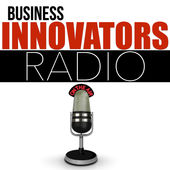When I talk to managers and leaders, the theme of high performance is a frequent topic of conversation. We can all agree that being an excellent organisation and delivering exceptional products or services are very important, but does everyone we work with know what we actually mean by excellence in the day-to-day?
6 methods to set obvious expectations for high performance
Too often, managers seem to lead through mental telepathy. Without clearly communicated expectations– in terms of standards or the milestones against which we analyze our progress – team members may not know what to do and how to do it. This can result in uncertainty, undermining effective teamwork, initiative and productivity.
Properly setting expectations for employees or team members is a critical dimension in quality workplaces, according to a large research of managers undertaken in the 1990s by The Gallup Organization. Underneath are a few ideas on setting clear expectations that will set standards for excellence and outcomes.
1. Begin with creating a compelling goal. Describe and explain what you want the end result to look like. Not just what you want done, but the purpose and the results you want to achieve when the project is finished and the responsibility of everyone in its achievement. People want to know that their job, whether large or small, makes a difference.
2. Talk about what you mean by “excellent performance”. This step is needed to make the vision ‘actionable’ and translate it into tangible performance measures. Set metrics where possible, paint a complete picture of the requirements you are expecting. Refer to your performance review form or competency framework for behavioural standards.
3. Concentrate on the required outcomes, instead of on the exact steps you want your people to take. Think of this as coaching rather than controlling. Encouraging your people to design their own way of delivering positive outcomes allows each team member to use their strengths to their fullest potential.
4. Provide regular feedback. The yearly appraisal or performance review is insufficient and often too late to let staff members know how and whether they are meeting your expectations. Give feedback along the road: define the context, refer to the vision and give your reasons for the feedback. Next plan for a way forward, ask for more or less of what you observed. Take a coaching, rather than disciplinarian approach. The more two-way communication, the greater the clarity around the expectations.
5. Give positive encouragement. Until you are particularly experienced at giving feedback, don’t use the ‘sandwich’ of positive– constructive– positive comments. As Ken Blanchard suggest in One Minute Manager, catch employees doing things right and you’ll get even more of it.
6. Give people the flexibility to perform well. As soon as the expectations are clear get out of the way and let people to meet them. Having set clear standards, milestones or due dates, every member of your team will have the ability to track their own progress, check whether they are meeting the milestones and behavioural standards. This approach also allow individuals be accountable for delivering their own work, so that they can course correct where needed or stay on track to make their full contribution.
To find out more about Positive Leadership view our webinar.


